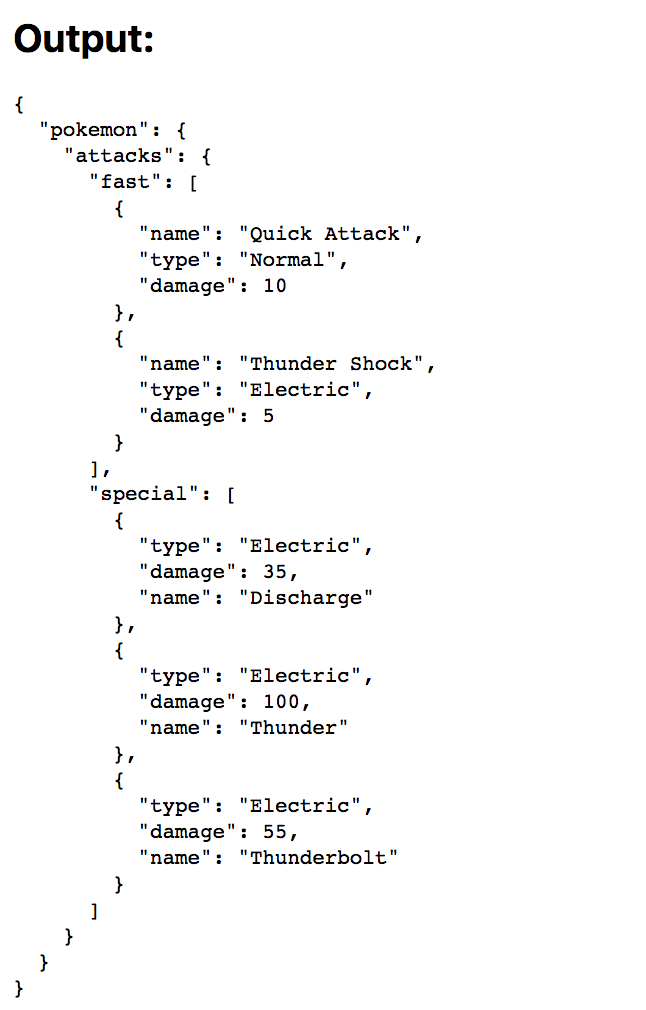JavaScript GraphQL client requests in Node and the browser using `graphql.js`

Hugo Di Francesco
Posted on September 5, 2018

An example consuming a GraphQL API in JavaScript from Node and the browser using
graphql.js
See the example live: https://codewithhugo.com/js-graphql-client-example/.
Full repo: https://github.com/HugoDF/js-graphql-client-example.
- Fetching from Node
- Fetching from the browser
- GraphQL documentation tools
This was sent out on the Code with Hugo newsletter last Monday.
Subscribe to get the latest posts right in your inbox (before anyone else).
Fetching from Node
fetch.js:
const graphql = require('graphql.js');
const graph = graphql('https://graphql-pokemon.now.sh/');
const query = graph(`{
pokemon(name: "Pikachu") {
attacks {
special {
name
}
}
}
}`);
if (require.main === module) {
query().then(
res => console.log(JSON.stringify(res, null, 2)),
err => console.error(err)
);
}
module.exports = {
query
};
$ node fetch.js
{
"pokemon": {
"attacks": {
"special": [
{
"name": "Discharge"
},
{
"name": "Thunder"
},
{
"name": "Thunderbolt"
}
]
}
}
}
Fetching from the browser
graphql.js is isomorphic, it’ll also run in the browser, we’ll use Parcel to stitch everything together.
By default we fetch using the query from fetch.js, then when the user clicks the Try it button we use the contents of the textarea.
This code wires up the fetch logic with some reading the query from the DOM and updating an output div on completion, client.js:
const { query, graph } =require('./fetch');
const $queryElement = document.querySelector('.query');
const $output = document.querySelector('.output');
const $submitButton = document.querySelector('button');
$submitButton.onclick = () => {
const queryData = $queryElement.value;
runQuery(graph(queryData))
}
runQuery(query);
function runQuery (query) {
query().then(
res => {
$output.innerHTML = `<pre><code>${JSON.stringify(res, null, 2)}</code></pre>`;
},
err => {
$output.innerHTML = `Error: <pre><code>${JSON.stringify(err, null, 2)}</code></pre>`;
}
)
}
index.html:
<!doctype html>
<html class="no-js" lang="en">
<head>
<meta charset="utf-8">
<meta http-equiv="x-ua-compatible" content="ie=edge">
<title>JavaScript GraphQL Client Example</title>
<meta name="description" content="JavaScript GraphQL Client example">
<meta name="viewport" content="width=device-width, initial-scale=1, shrink-to-fit=no">
<style>
body {
font-family: -apple-system, BlinkMacSystemFont,
'Segoe UI', Roboto, Oxygen, Ubuntu, Cantarell,
'Open Sans', 'Helvetica Neue', sans-serif;
}
</style>
</head>
<body>
<p>For full documentation see: <a href="https://graphql-pokemon.now.sh/">https://graphql-pokemon.now.sh/</a></p>
<h2>Input: </h2>
<textarea class="query" style="min-width: 285px; min-height: 150px">
{
pokemon(name: "Pikachu") {
attacks {
special {
name
}
}
}
}
</textarea>
<button>Try it</button>
<h2>Output: </h2>
<div class="output"></div>
<script src="./client.js"></script>
</body>
</html>
$ npm install --save-dev parcel
$ npx parcel index.html
Open http://localhost:1234.
To test it out, we can change the textarea content to:
{
pokemon(name: "Pikachu") {
attacks {
fast {
name
type
damage
}
special {
type
damage
name
}
}
}
}
And click Try it. Which yields the following:
GraphQL documentation tools
For the hosted GraphQL docs of the pokemon GraphQL API, see https://graphql-pokemon.now.sh/, it opens GraphiQL where you can explore the API, use CTRL + space to show field suggestions, and CMD + enter to expand all nested fields by default. You can also right-click on a field to explore its type etc.
More about GraphQL coming next week in the Code with Hugo newsletter so subscribe if you’re not already.
If you have any questions feel free to tweet at me @hugo__df.

Posted on September 5, 2018
Join Our Newsletter. No Spam, Only the good stuff.
Sign up to receive the latest update from our blog.
Related

September 5, 2018



